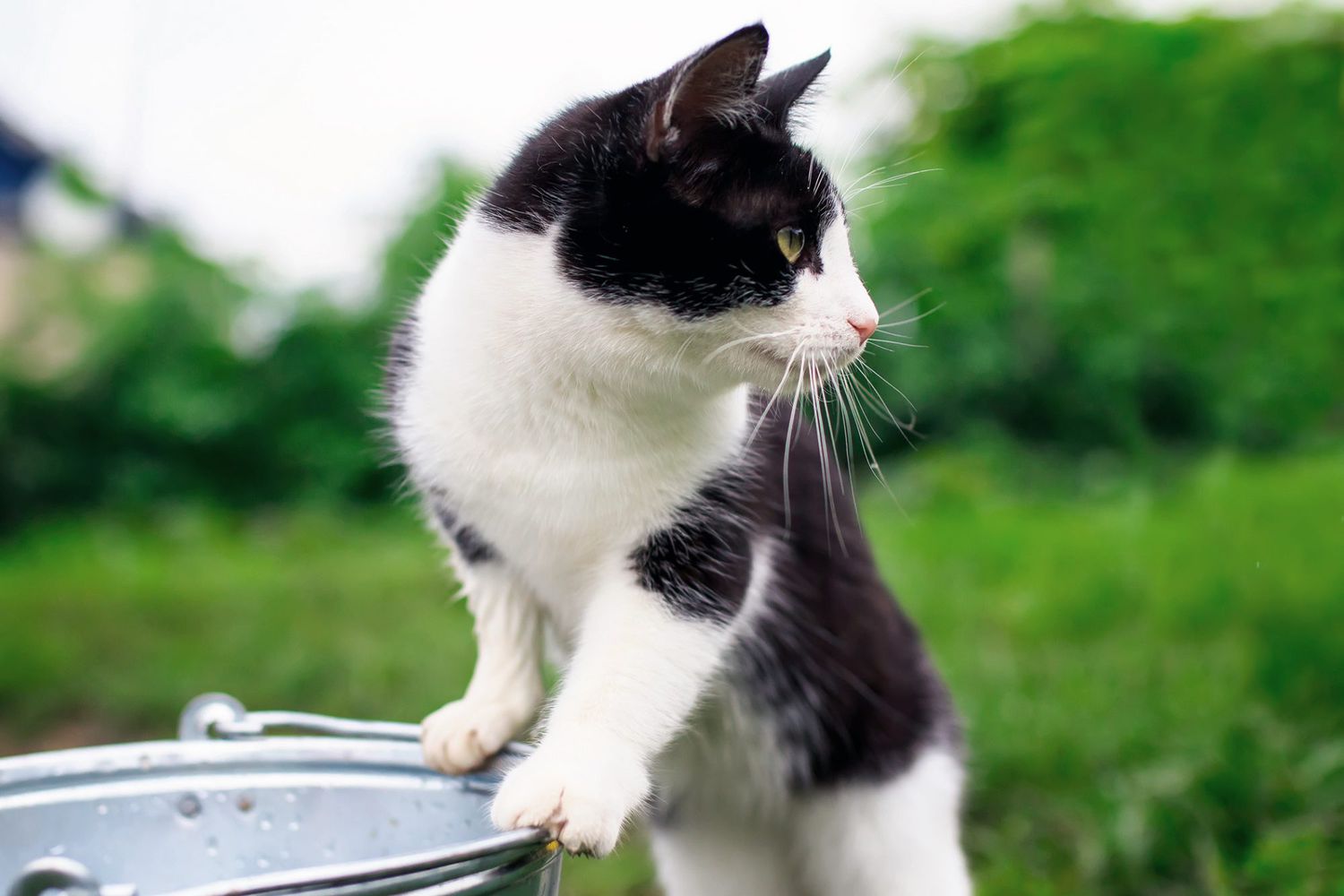Handling Cat Litter Box Problems: A Guide for Animal Owners
Handling Cat Litter Box Problems: A Guide for Animal Owners
Blog Article

Cat litter and litter boxes play a critical role in the lives of both cats and their owners. From the simple starts of sand and soil to the ingenious advancements of today, the world of cat litter has developed considerably. In this thorough guide, we look into every element of cat litter and litter boxes, exploring their history, types, advantages, challenges, and everything in between.
The history of cat litter dates back centuries, with ancient civilizations using sand, soil, and even ashes as primitive litter materials. However, it wasn't until the mid-20th century that modern cat litter as we understand it emerged. In 1947, Edward Lowe introduced the world's first commercial cat litter made from absorbent clay, transforming the way cats relieved themselves indoors. Ever since, cat litter has undergone numerous transformations, with the introduction of clumping litter, silica gel litter, biodegradable options, and more.
Today, feline owners are ruined for option when it concerns choosing the best litter for their feline companions. Traditional clay litter remains popular for its price and efficiency in soaking up smells. Clumping litter, which forms solid clumps when wet, simplifies cleansing and upkeep. Silica gel litter, made up of highly absorbent silica crystals, offers superior smell control and durability. Naturally degradable choices, such as recycled paper, wood pellets, corn, and wheat, appeal to environmentally mindful customers.
Each type of cat litter offers special benefits. Clay litter excels in its ability to soak up wetness and control odors, making it a reputable choice for many feline owners. Clumping litter simplifies day-to-day scooping and extends the time in between complete litter modifications. Silica gel litter offers remarkable smell control and can last longer between replacements. Biodegradable litters provide a sustainable alternative that Wood Cat Litter decreases ecological impact.
While cat litter improves indoor feline hygiene, it is not without its obstacles. Dust from clay litter can present respiratory dangers for both cats and human beings, prompting the appeal of dust-free options. Some cats may establish litter box aversion due to issues with texture, aroma, or cleanliness, demanding experimentation with different litters and box setups. Multi-cat homes might require tactical litter box placement and frequent upkeep to prevent territorial conflicts and ensure all felines have access to clean centers.
Selecting the suitable litter box is essential for promoting favorable litter box habits and total feline well-being. Elements cat litter box with lid to consider consist of size, accessibility, and design choices. Covered litter boxes offer personal privacy and help consist of odors, however some felines may discover them restricting or intimidating. Open-top litter boxes provide Litter Box Mats simple access and presence but may lead to more litter scatter. Automatic self-cleaning litter boxes improve upkeep but require routine monitoring and upkeep.
Correct litter box maintenance is crucial for guaranteeing a tidy and welcoming environment for both felines and their owners. Daily scooping removes waste immediately, minimizing odor and preventing litter box aversion. Regular litter replacement, usually every 1-2 weeks, avoids bacterial buildup and preserves optimum absorbency. Comprehensive cleaning with mild cleaning agent and water, preventing harsh chemicals that may prevent felines from using package, need to be performed monthly.
Cat litter and litter boxes play a main function in fostering a healthy and harmonious relationship in between felines and their human buddies. With a diverse range of litter choices and litter box styles readily available, feline owners have the flexibility to tailor their choices to fit their felines' preferences and home needs. By comprehending the advancement, types, advantages, and obstacles of cat litter and litter boxes, pet owners can provide their feline buddies with a comfy and sanitary indoor environment.